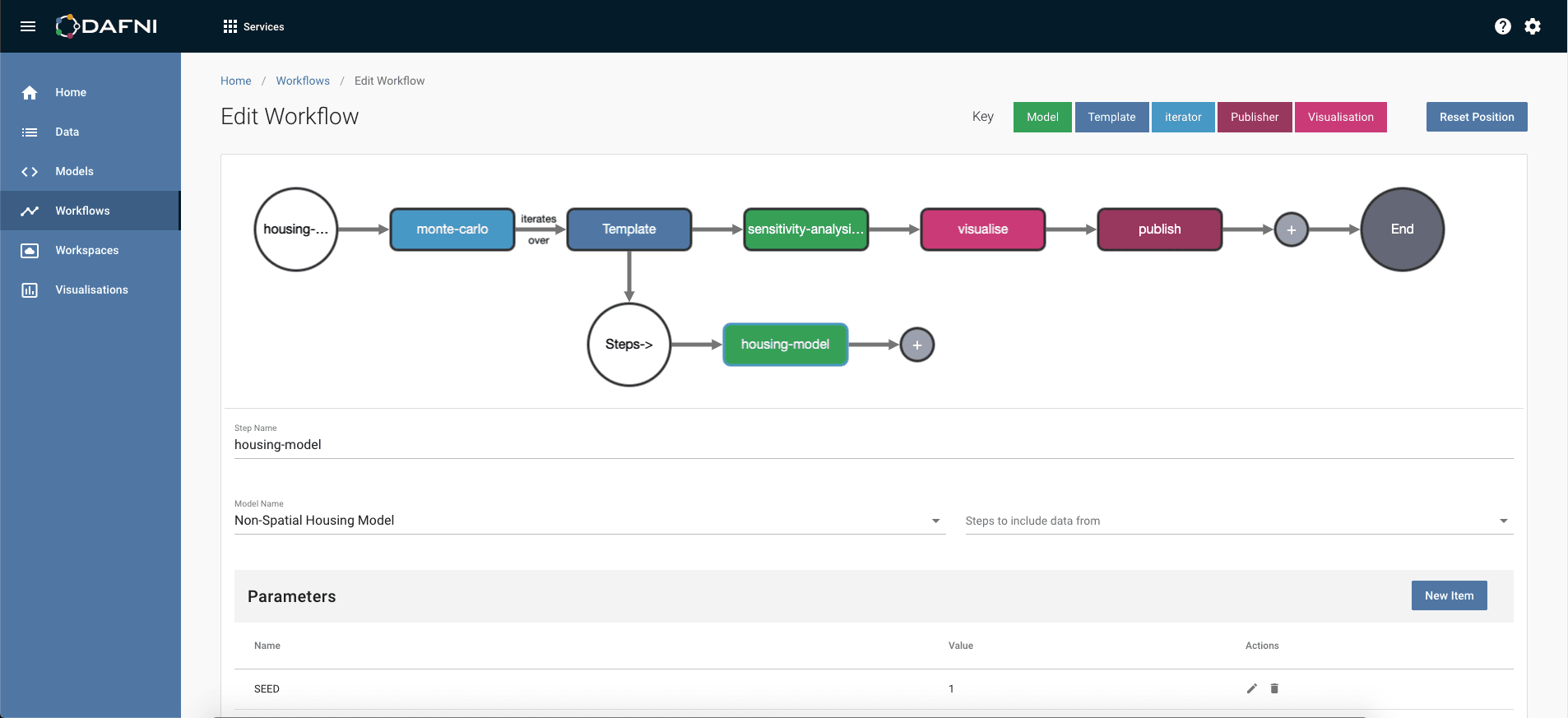A national cloud computing platform designed to enable infrastructure researchers to collaborate to resolve complex issues related to energy, transport, digital communications and water, has gone live.
DAFNI 1.0 has been created by the Data & Analytics Facility for National Infrastructure and funded by the Engineering and Physical Sciences Research Council as part of the UK Collaboratorium for Research on Infrastructure and Cities.
The system leverages £1m of computing hardware and state-of-the-art data analytics, computer modelling and deep learning software to allow infrastructure researchers and academics to generate and share insights at higher level of detail and accuracy than previously possible.
Samuel Chorlton, project lead at DAFNI, told BIM+: “The ability to concentrate knowledge onto a single platform gives us a much better chance of understanding and tackling cross-domain challenges in a more cohesive and collaborative manner.
“Until now, it has been relatively difficult to explore problems with cascade impacts, such as energy distribution across different sectors, or the health implications of improvements to the transport network. The aim is to provide a consistent mechanism to explore these challenges so that users can utilize models in different scenarios and areas.”

DAFNI 1.0 features a range of specialist tools relevant to different fields of infrastructure
DAFNI 1.0 was developed in collaboration with the National Infrastructure Commission (NIC), the Department for Environment, Food and Rural Affairs, Transport for London, Ordnance Survey and other large organisations whose data will be made available to the community of users.
In addition, discussions are ongoing with major consultants and Tier 1 contractors, such as Mott MacDonald and Costain, to make the platform accessible and relevant to their needs.
“We’re trying to bring them on the journey so the tools we configure for the system in future, such as a costing model, they can actually use,” said Chorlton.
DAFNI 1.0 features a range of specialist tools relevant to different fields of infrastructure, each designed to be user friendly to infrastructure researchers who are typically modelling experts rather than software engineers, data engineers, or visualisation experts.
An integrated “workflow engine” allows users to create different modular components that can be combined to perform different functions then made available to the wider community. BIM data, either in support of digital twin development, or more generalistic modelling, is likely to be included in future.
A key aim is to democratise access to software engineering expertise that has traditionally been the reserve of universities or organisations with dedicated departments and research budgets.
“We provide a mechanism through which currently disconnected aspects are joined together to allow people to work collectively on a problem,” said Chorlton. “We also configured the system so that the decision-making community, such as the NIC, can directly interface to create a smooth and transparent feedback process. It means that they too have a much better understanding of the models and the decisions that may be prompted as a result.”
Image: Panimoni/Dreamstime.com











